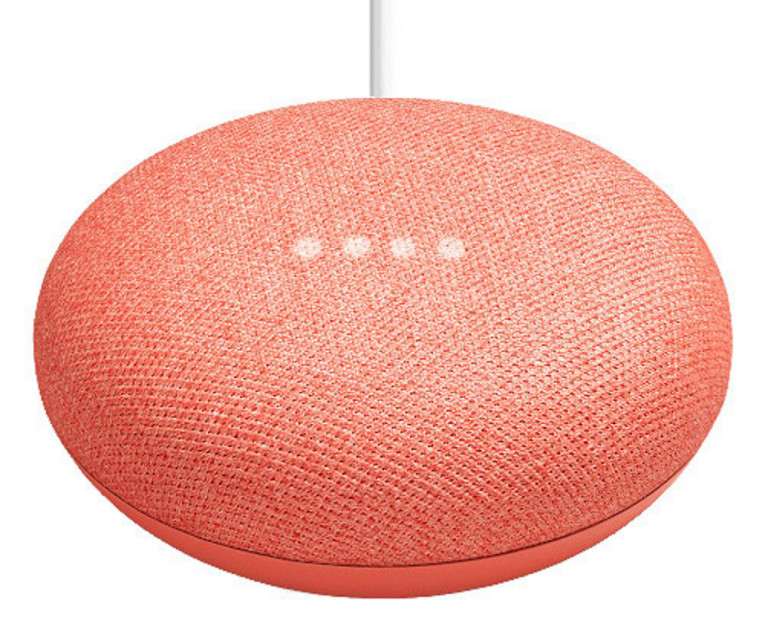
“Given the successes we have seen with our partners in smart speakers and smart displays, we are refocusing Android Things as a platform for OEM partners to build devices in those categories moving forward,” wrote Dave Smith, Google’s Developer Advocate for IoT in the company's blog.
The production products that will no longer be publicly supported include Innocomm’s NXP i.MX8M based WB10-AT and Intrinsyc’s Open-Q 212A and Open-Q 624A modules, based on the Qualcomm Snapdragon 212 and 624, respectively. There’s also a MediaTek MT8516 based module.
Developers can still experiment with Android Things on non-commercial devices by running the Android Things SDK on the Raspberry Pi 3 and Technexion’s i.MX7-based Pico i.MX7D module. “System images for these boards will remain available through the Android Things console where developers can create new builds and push app updates for up to 100 devices for non-commercial use,” added Smith.
Commercial products, however, will henceforth be limited to smart speaker and smart display OEM partners using Google’s proprietary Android Things platform, which comes with Google-managed security and updates. Android Things devices have included Google Assistant equipped consumer products like the LG ThinQ WK7, InstaView ThinQ, ThinQ Google Assistant Touch Screen Speaker, iHome iGV1, and Lenovo Smart Display (see photo below).

Google has made several false starts with its IoT initiatives over the years. After acquiring the Nest home automation company for $3.2 billion, the once promising subsidiary struggled before choking on its own Dropcam acquisition. After being spun off to Google parent company Alphabet, the Nest team was finally merged back into Google’s increasingly Google Assistant focused hardware division. The Nest devices are still popular, but they lost their briefly dominant home automation market share.
Brillo — a stripped-down version of Android for home and industrial IoT that Google launched in 2015 — never took off, and it shared the same security vulnerabilities of other embedded Linux platforms. Google rebooted Brillo as the more secure, managed, and consumer-focused Android Things.

The partial retreat of Android Things was foreshadowed when Google chose not to use the platform in its own Google Assistant enabled Google Home Hub speaker. Instead the popular Home Hub uses a version of the Linux-based Google Cast stack that runs on its newly Assistant-supported Chromecast devices.

More advanced versions would include voice input and speakers. Yet, all the processing would happen on the wirelessly linked, Assistant enabled smart hub, which in turn would lean heavily on cloud computing. In this alternative Google scenario for home automation, CE vendor partners will build the device’s low-cost chipset into their own semi-smart devices such as locks, garage door openers, and air conditioners without having to integrate an embedded computer with the full Assistant stack — or Android Things.
Google’s Industrial IoT Plan
In its Android Things update, Smith made no mention of Chromecast, Assistant Connect, or Fuchsia, but he did reinforce where Google is heading with its industrial IoT plans: cloud-enabled, AI-infused edge computing. Smith concluded with mentions of Google’s Cloud IoT Core platform and the related Cloud IoT Edge runtime stack for Arm-based IoT gateways. The gateway will use Edge TPU development boards equipped with Google’s new Edge TPU machine learning chip.
Smith promised that more details were coming soon on the Edge TPU development platforms, which in July Google said would run Linux or Android Things. At the time, we wondered why the photo of the upcoming, NXP-based Raspberry Pi sized development board looked nothing like the Android Things development modules. Together with Google’s latest announcement, this suggests that Linux could end up being the only supported OS — at least until Fuchsia comes along.
Google isn’t alone in pushing a more cloud-centric edge computing vision of embedded IoT. The Linux Foundation, for example, recently, announced a major new LF Edge umbrella organization with the same top-down, container-oriented vision in order to save embedded Linux IoT from its security flaws. In addition to including the LF’s Akraino Edge Stack and EdgeX Foundry projects, LF Edge adds a new Zededa-contributed cloud-native based virtualization engine for embedded containers called Project Eve.
LF Edge also includes a mysterious Samsung Home Edge project. Samsung, which offers its Tizen-enabled home appliances and SmartThings automation ecosystem, is one of Google’s major competitors in home automation along with Amazon and Apple. Until now, Google has been able to afford the luxury of making two of everything. Considering it now has three or four home automation platforms, maybe it it’s time to shed one or two.
https://android-developers.googleblog.com
Read More about Linux at http://linuxgizmos.com






